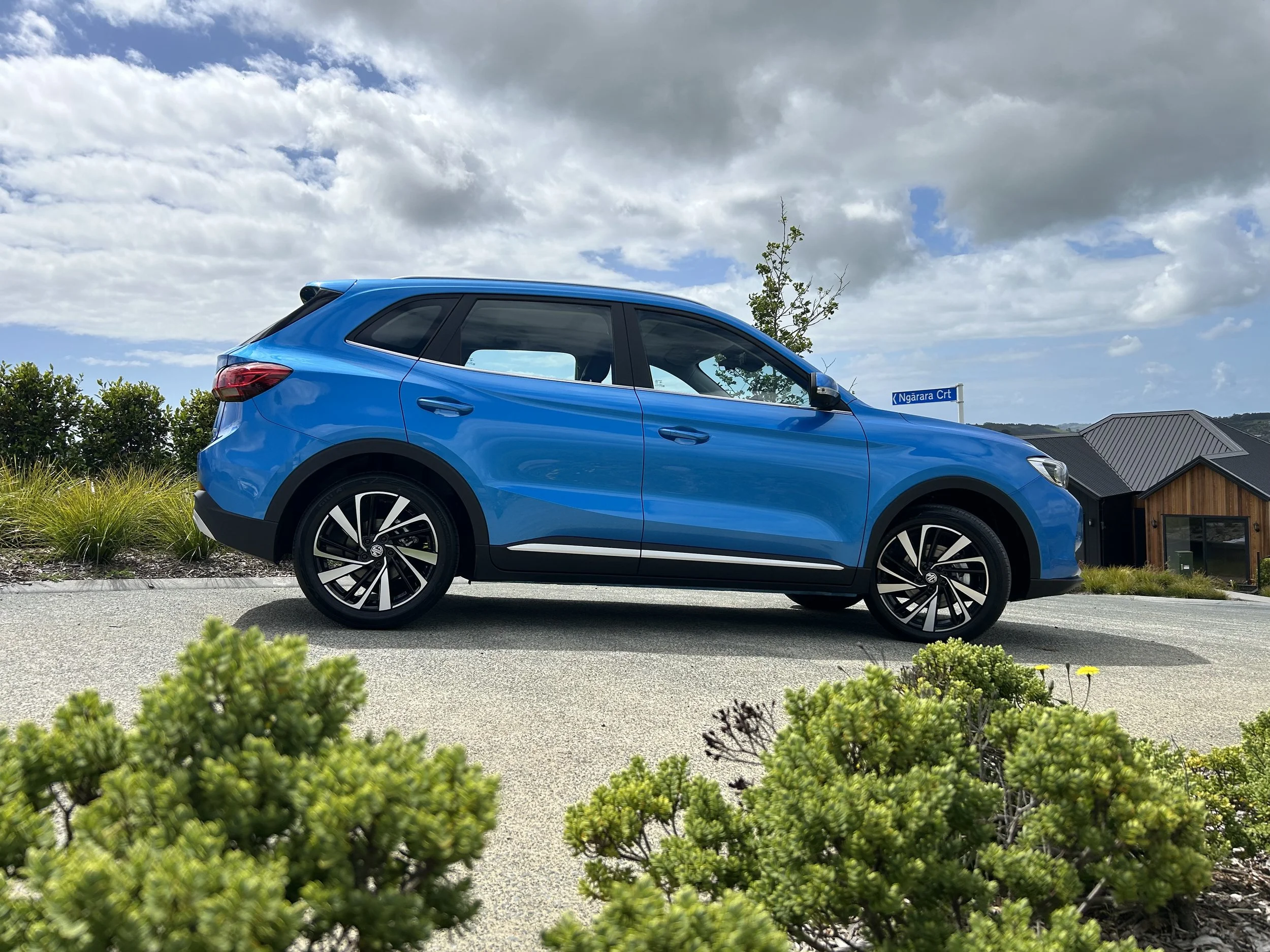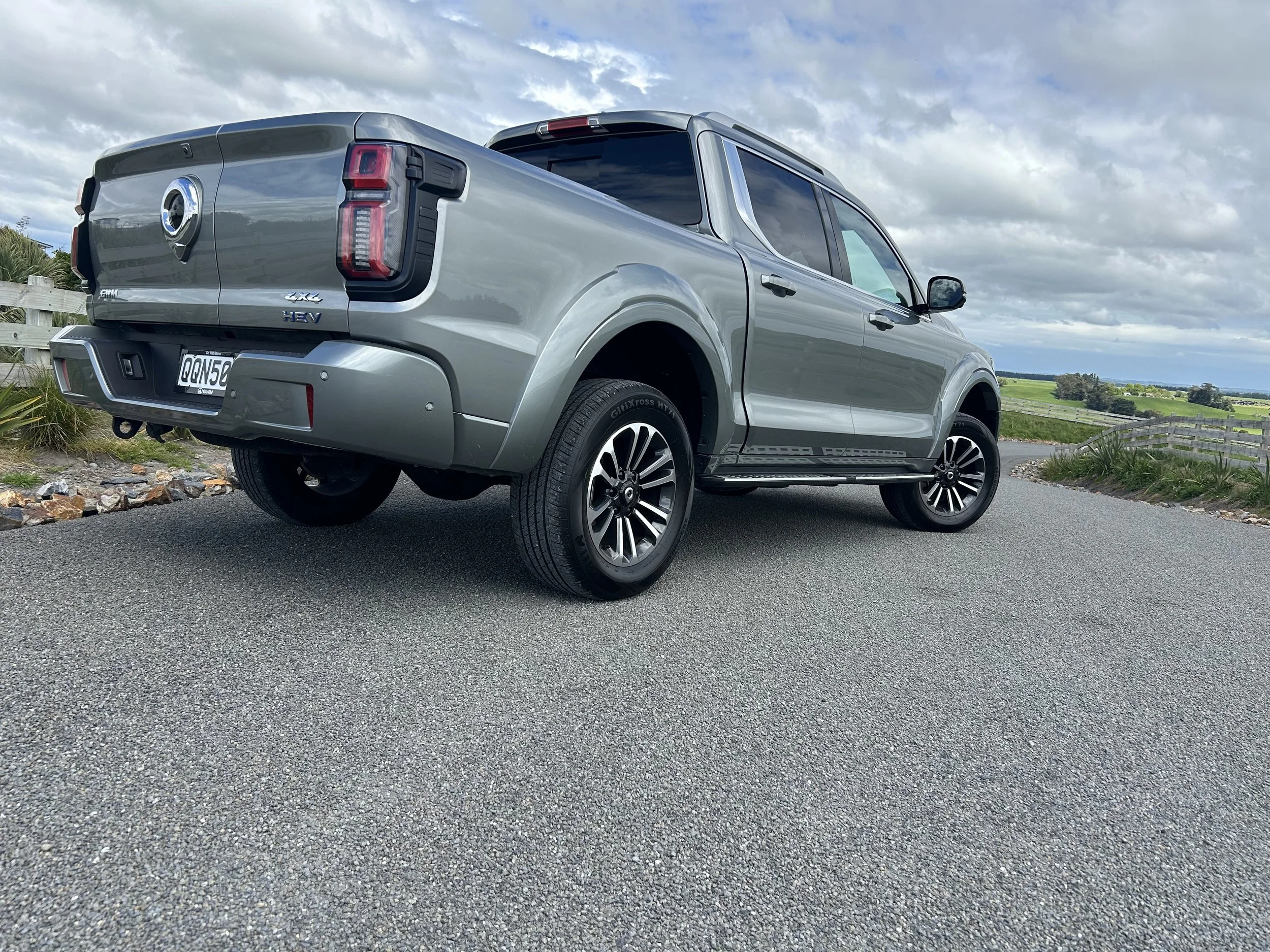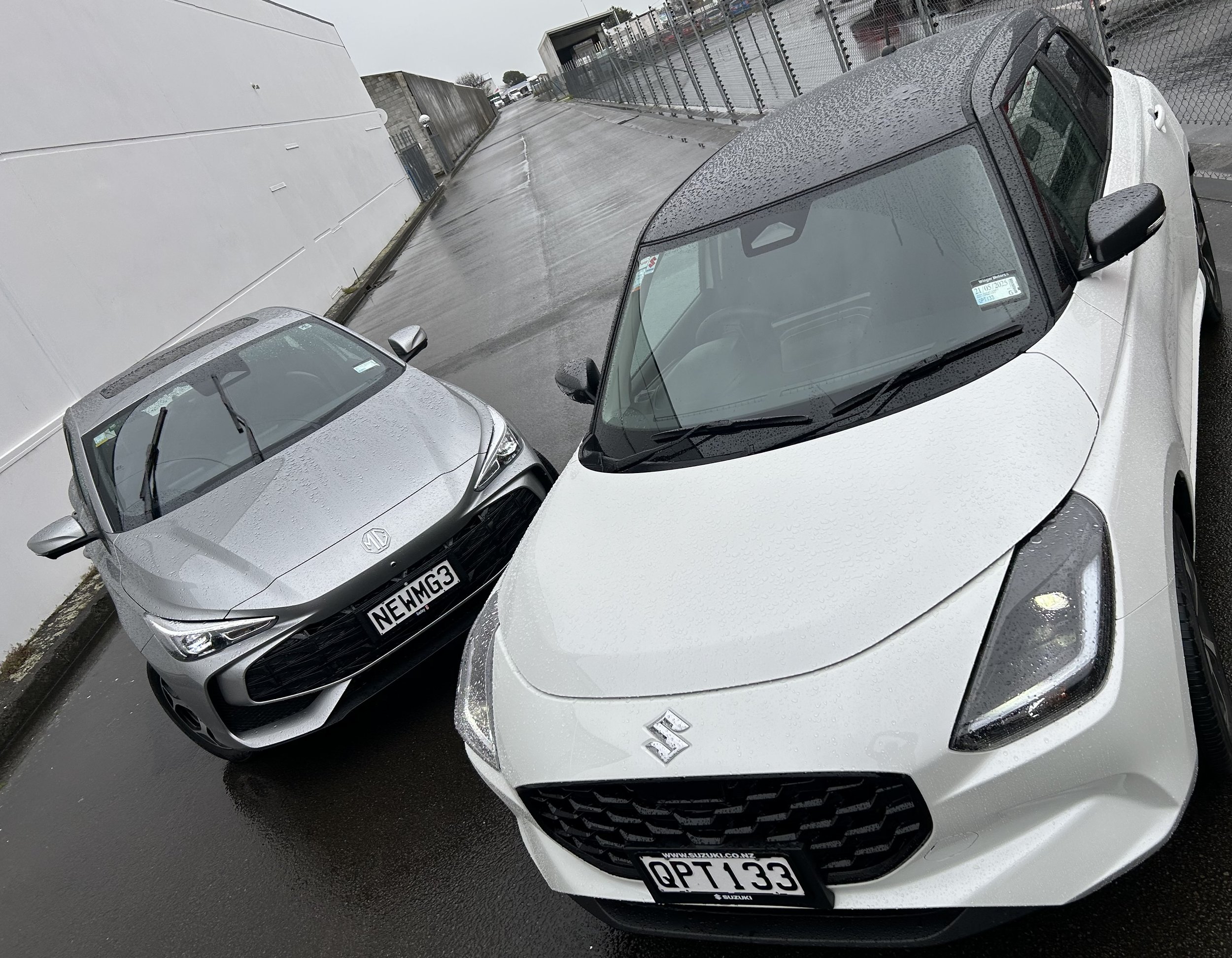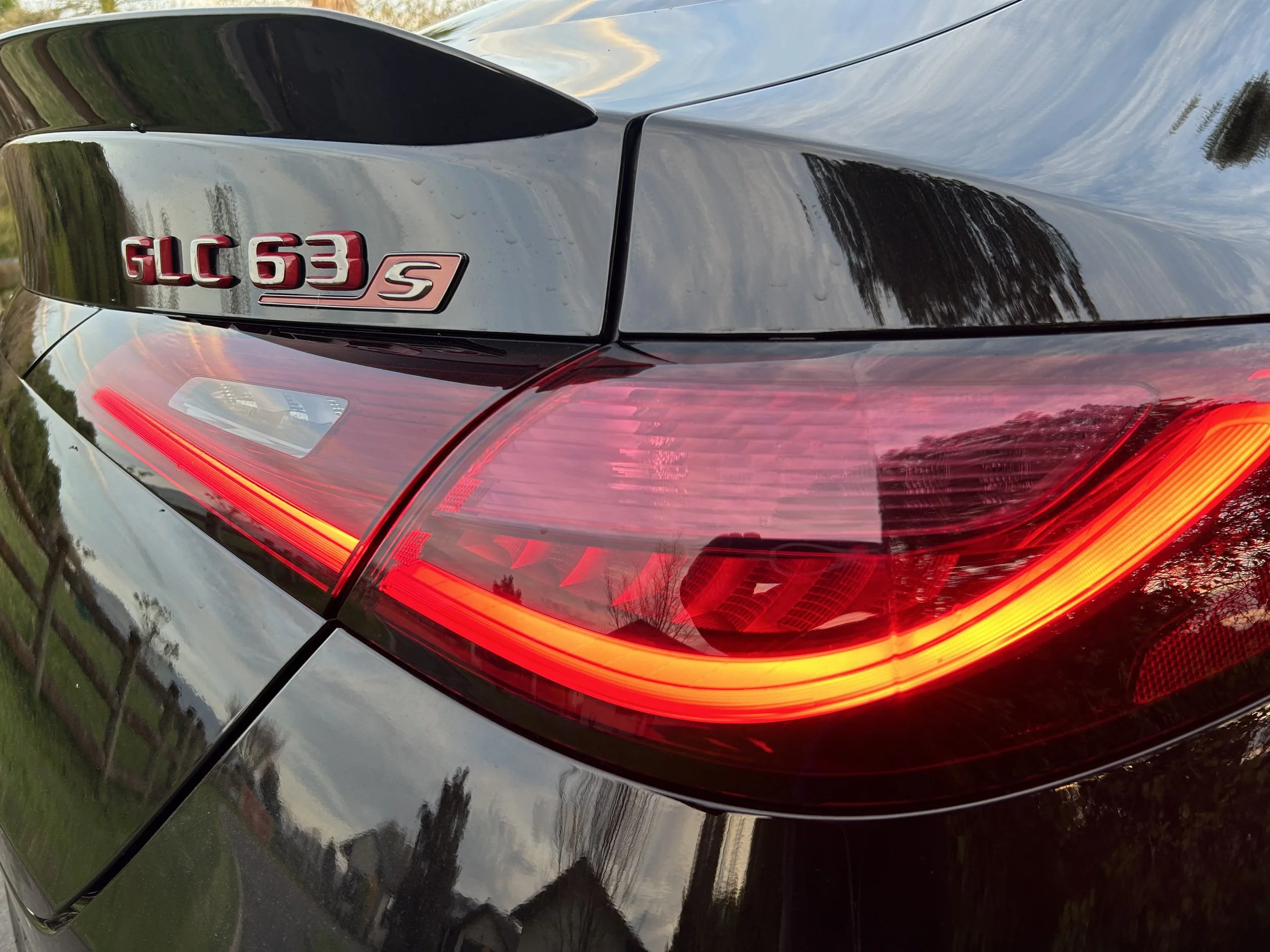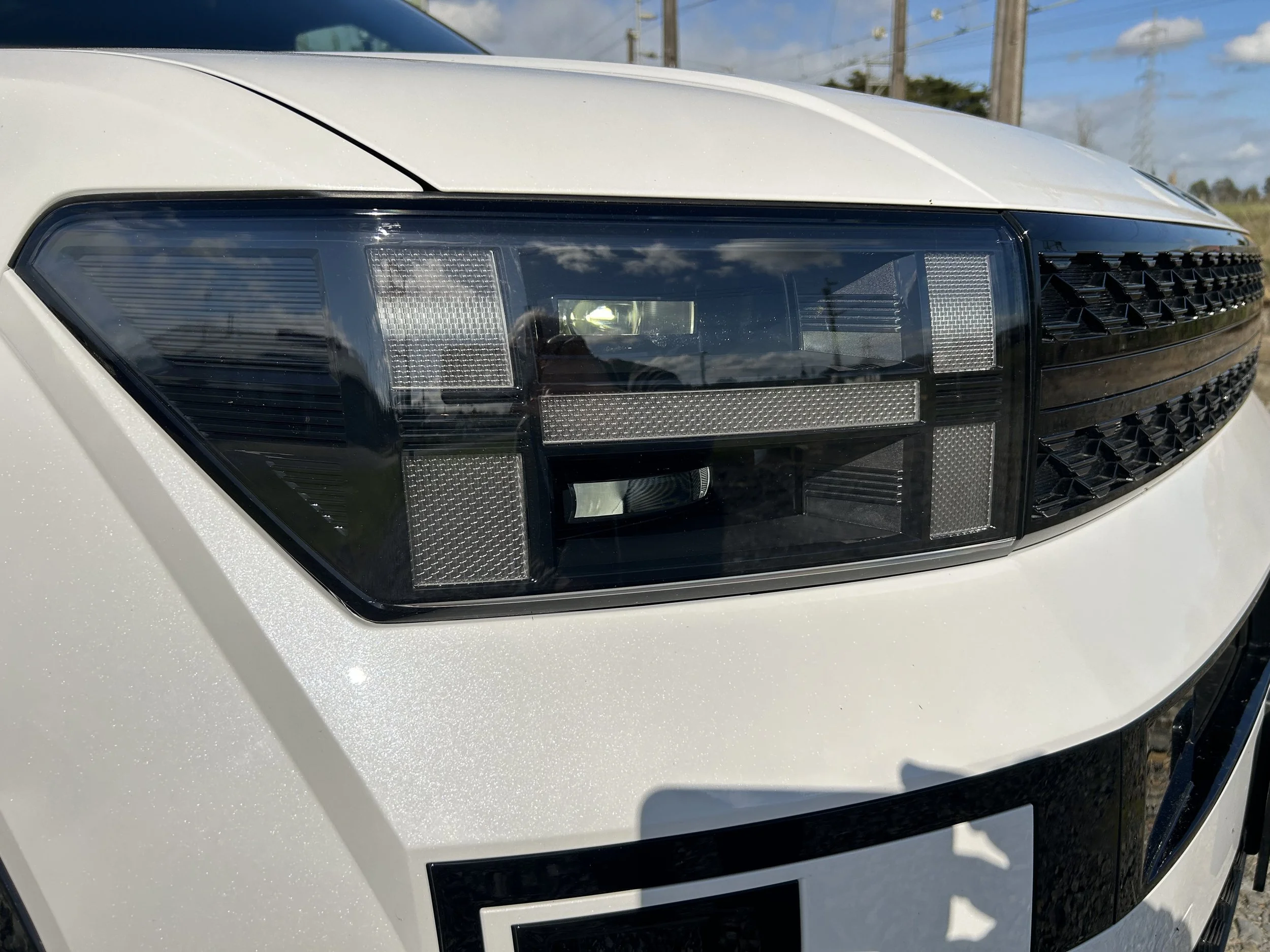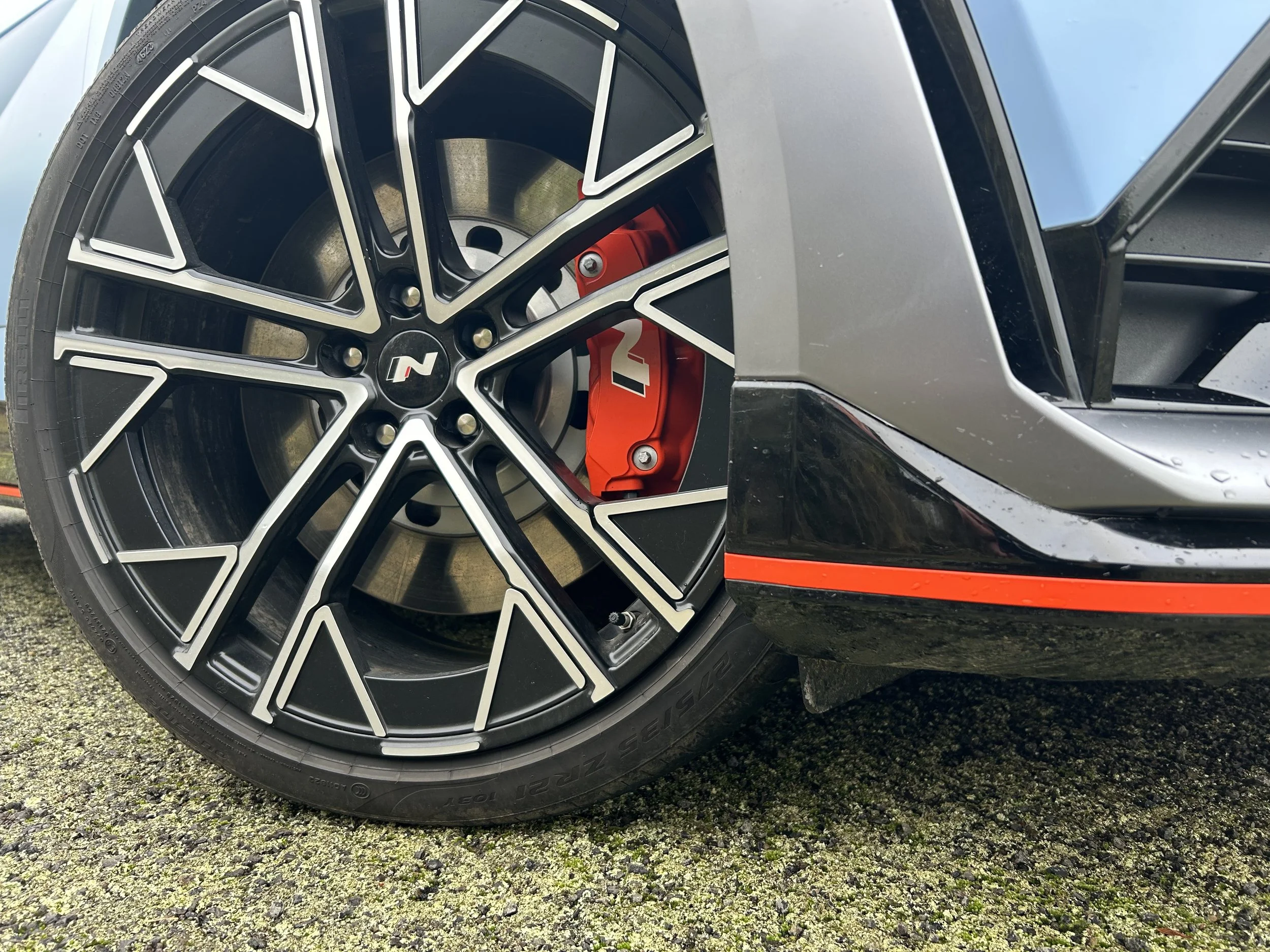Astra riding on Euro image
/Holden NZ holds high hopes for the just-landed Astra. But it is keeping sales predictions to itself.
SAME-sized crossovers present as much threat to Holden’s new compact car as big name rivals in the category, the company has suggested.
The effect of the trend to favour sports utilities and vehicles with an off-roading air – which has become so pronounced that last year the types outsold orthodox road cars for the first time – is cited by Holden New Zealand as factoring into its reluctance to detail volume expectation for the just-landed Astra.
“There’s no doubt this car is entering into a diminishing sector,” general manager of marketing Marnie Samphier said at a media preview of the lineup of 1.4 and 1.6-litre turobocharged petrol models in Napier today.
“And there is no doubt that sales of small sports utilities, including some models that could be seen as competitors (for Astra), are growing in popularity.
“We certainly don’t see SUV letting up any time soon – it’s going from strength to strength, year on year.”
In all reality, even the compact Trax, recently revised to take a 1.4-litre turbo petrol, and perhaps the ageing Captiva could be rivals for Astra, she agrees. Beyond that there’s a host of front- and four-wheel-drive, petrol and even diesel options, spanning from quasi to genuine off-road appeal.
“It’s really hard. You’ve kinda got to be a mind reader to know which way the market is going to swing. All we can do is make sure we have the best product we possibly can, in every segment we play in. I’m confident that’s what we have achieved with Astra.
“Even though it has entered a declining segment, there is an opportunity with this car. It gives us a chance to talk to fleets, to lease companies – who, when they saw it, were very excited.”
Also targeted are private buyers; mainly youngish and child-less couples seeking a sophisticated car with true flair.
How many will buy into it? That’s for Holden alone to know – the brand has a firm policy not to share its sales targets.
Nonetheless, it makes clear there are definite aspirations for a line that ranges from $30,990 to $40,480, the latter when all options are added.
The big cost extras are $1500 Driver Assistance (for the R and RS) and $1990 Touring (RS-V) packs delivering the full gambit of accident avoidance tech that avails in Europe, not least the automatic emergency braking feature imperative to it achieving a fulsome five star crash test result from Europe’s NCAP.
Samphier says there is confidence Astra will do well – better than the Cruze hatch it replaces - against all category luminaries.
That includes the Toyota Corolla that in averaging 533 monthly sales for 39 percent market share in 2016 not only outsells by at least two-to-one the Mazda3 (206, 15 percent), Ford Focus (114, eight percent) and Volkswagen Golf (109, eight percent) that Holden also cites as main rivals but also consistently tops as the country’s biggest volume passenger model.
Though the Golf and Mazda3 were cited as barometers during Astra’s development, Holden doesn’t see those cars are presenting the sole targets to beat in terms of registration count.
“We would like to conquest sales from all the major competitors,” says Samphier.
However things play out, it won’t be a pricing battle. Holden says customers have to accept paying for a premium edge, both in finish and technology, that makes it worth the extra.
There’s another factor that Holden also wants to play to the max: An emphasis on it being European-designed.
Hence why there’s an ad campaign in which wowed onlookers in a New Zealand setting make flattering remarks in German, Spanish and Italian.
The particular implication that the car is German at heart might become a controversial contention – the reality is that while the car was designed by Opel, it’s actually a lot more global.
The hatchbacks here now are built in Poland and the sedan set to join later this year is a rebadge of a Chevrolet created primarily for the United States and sourced from South Korea.
Holden counters that its contention as the car being a true Euro nonetheless is validated by the design and engineering phases of all the Astras sold here being overseen by Opel.
There is, of course, another emergent international twist to that story. Opel, which will also provide the NG (for ‘new generation’) Commodore that supplants the current VF generation car - which, when it ends production in mid-October, concludes car-making in Australia – might well soon be in French hands.
There is growing certainty that GM is set to sell off its German holding, a loss-maker for 16 years at a rate of up to $US1 billion per year, to PSA, maker of Peugeot, Citroen and DS cars sold here. The repercussions for Holden are far from clear, though so far everything suggests current GM projects are safe if a new ownership eventuates. The local arm says it has no information to share.
In addition to not wanting to share volume predictions, Holden here is also reluctant to expound on what level of popularity Astra might achieve within the family.
Conceivably, rating as the top passenger choice is on the cards. Even though small cars are losing sales, the medium passenger sector has been hit even harder.
With the Mazda3 outselling the Mazda6, Corolla beating Camry, Focus trumping Mondo and Golf doing the same to Passat, isn’t there real potential that Astra should outsell the new Commodore?
Samphier agrees that the NG customer base will very likely be somewhat different to that for the VF Commodore, which is enjoying a sales splurge – particularly with the V8 engine that is heading for extinction – because NG is “a completely different car”.
“That said, we’re realistic too that it is going into another segment, one that is also declining. We’re very realistic about the numbers on that.”
It’s too simplistic to suggest only one of those two is in line to become the best-seller. At the moment, and unsurprisingly given the massive interest in one-tonne utes, that status is held by the Colorado utility.
Having a ute as top dog is not wholly appealing to Holden; Melbourne head office has previously said it does not see benefit for Colorado to be as strong for Holden as the Ranger has become for Ford.
So far, it isn’t – Colorado’s 27 percent share of total Holden sale is about half the penetration Ranger achieves for Ford.
Samphier suggests the preference is to have a host of models all enjoying equal opportunity success – a real potential, she says, because the Equinox seven seater and Acadia five-seater SUVs are arriving from the US over the next 12 months to further fulfil a duty current shouldered by the ageing Captiva.
Today’s drive programme confirmed observations made about the car when MotoringNetwork first drove it in Australia on November 11 (http://www.motoringnetwork.com/nz-first-drives/first-drive-2017-holden-astra/).
Country roads that took us into the Hawkes’ Bay high country provided a good workout for a chassis that imparts a confident and lithe feel. Holden’s major input was to sharpen the electrically-assisted steering and it’s a job well done; the car in either engine and transmission format is accurate and well-weighted.
Even though the 1.6-litre has a 37kW power and 55Nm-plus torque advantage over the 110kW/240Nm 1.4, the smaller engine is more of a delight; it revs more freely and has impressive verve – all good news for those who might think themselves hard done by if restricted to the base, manual offer. If anything, that car comes across as the day’s surprise and delight find. The six-speed auto that will achieve the majority of sales – but isn’t here quite yet (ours were early pre-production examples, the actual sales-ready cars arrive in April) - also works well, though you’ll find it to be a lot more alert and involving when the Sport mode is activated. In addition to adding weight to the tiller this also triggers a function which automatically shifts gears down while braking, then back up while accelerating, to help match revs and drive more smoothly through, and then quickly out of, corners.
Euro prestige shows unevenly. Some of Holden’s interior plastics look dire, and the cloth trim is also dull, but the technology is pretty good. The cars I drove had those cost-extra packages and it’s hard to see why you wouldn’t want them. Samphier admits they might only be cost-extras in the short term; if it transpires that the packages are overwhelmingly popular, then they could well become part of the standard fare. As is, most of the early cars delivered here are at full strength for equipment.






